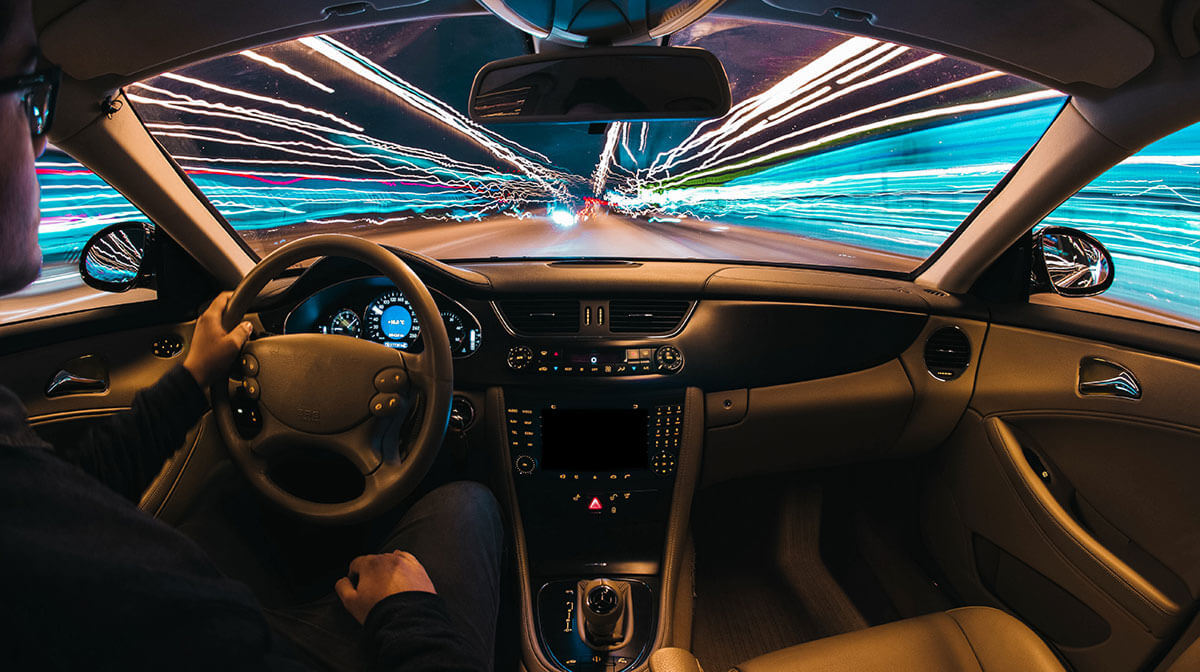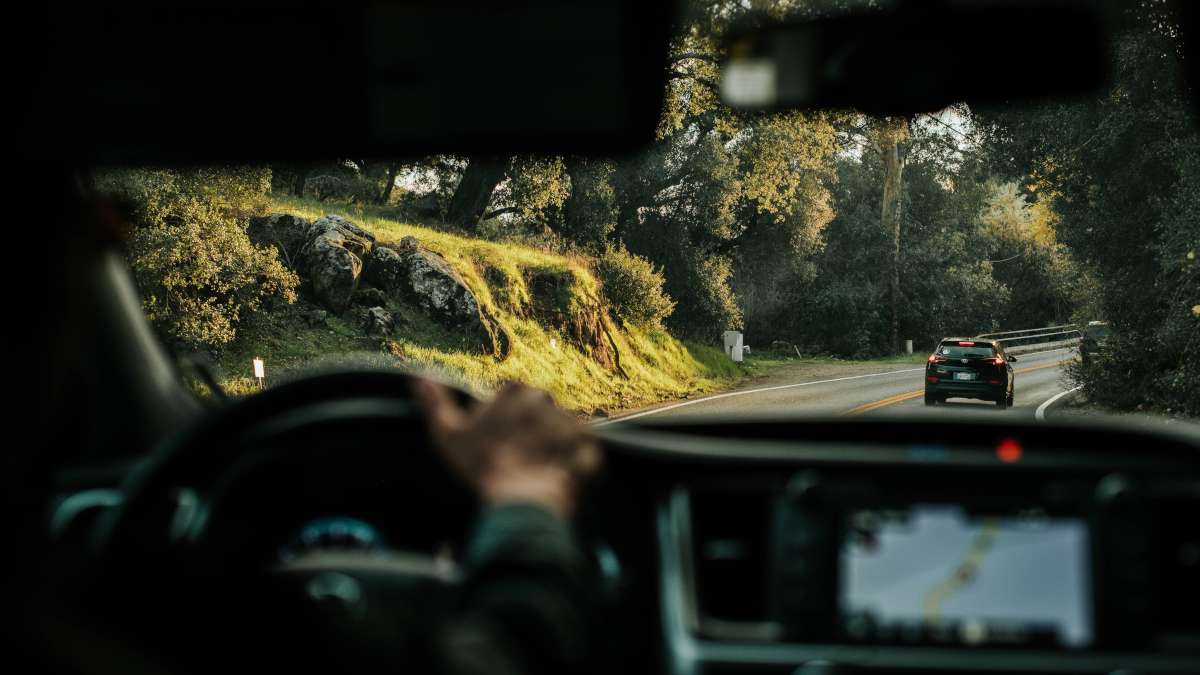
In the world of vehicle management, defensive driving should be a way of life. If it’s not, then the business in question is not only skating on thin ice, but risks losing money.
Why is defensive driving important? Well, first off it’s a matter of safety and security. A great way to prevent accidents, it also has several multiple benefits, such as fuel savings, maintenance cost-savings, as well as lower insurance costs.
While we realize it can be difficult to adopt a culture of defensive driving completely within a fleet. There will be times when deadlines need to be met, and a fleet driver will have an off day. These things are difficult to avoid. But, the point is, if you make it a top priority then both drivers and businesses come out as winners.
Defensive driving: how it’s done
The great thing about defensive driving is that it’s pretty easy to adopt. We’ve picked out the 5 most important defensive driving behaviors that fleet drivers need to have, and if they don’t, need to work on.
Mindful of other drivers
It’s a classic trait of good, defensive driving. Keeping a close and attentive eye on other drivers’ behavior. You are not just aware of what’s going on around you on the road, you anticipate your move ahead of time BEFORE something happens. It’s all about carefully monitoring the actions of other drivers, checking for bad driving behavior, and adjusting for their low skills or poor driving practices.
And that means that you have to somehow make a profile of the kind of driver who is in front of you and the one that is behind or close by. The longer the distance you travel the better you understand what kind of other driver you’re dealing with.
On shorter distance routes, especially in cities, aspects such as braking time and maneuver time “shrinks”, so you have to account for that. You still need to make solid guesstimates of the driver’s behavior; based on the time you have been driving behind or in front of them. For example, if the driver in front of you keeps speeding up and then suddenly brakes, if you watch closely, you’ll be able to adapt your driving behavior to suit his/her and your own safety.
Stay alert
This is strongly linked to the first point, but the key is that you need to be alert AT ALL TIMES. If you expect the unexpected, and are ready to act, then you won’t go far wrong. Because although you may have (or think you have) a good idea of how the other driver will behave based on your monitoring of him/her, at the same time, you’ve got to be prepared for an unorthodox move or situation. Remember, (as in life) , the only vehicle you can control is yours. Your speed, your behavior etc. So you always try to be ready with preventative measures, in advance of when you need them. Extra tip, take care of food intake and coffee consumption, as they have direct affects on your driving.
Be “by the book”
Defensive driving is first and foremost about complying with any rules, regulations and speed limits on any road you’re traveling on. No matter how other drivers behave, you’ve got to stay ‘legal’. Rules and speed limits are not set simply for the sake of it. And what’s more, while other drivers might try to overtake vehicles in front of them even on a quite dangerous part of the road (harsh turns) you’ve got to resist the temptation to do the same. For example, trying to make it easier for other drivers to overtake may seem like a good idea. But if you do it on the wrong part of road then it is extremely dangerous. A rule of thumb is to focus on safety. Don’t let yourself be distracted by the ‘noise’ around you. And we don’t mean your Van Halen Best of Collection. 😉
Be cool
Another secret to good defensive driving is not to lose your temper. Keep calm, focused, and much like Fonzie, be cool. A positive attitude on the road is really important. When you start to let things get to you, that’s when the mind can wander and distract you, or make you do something rash. Most experienced fleet drivers, and good fleet drivers, will tell you that this one comes with experience. But it’s something you need to remember during the off “bad” days when you’re not perhaps feeling quite yourself or come across more than one bad driver during your working hours on the road.
Mind the gap
Or in other words, keep your distance. This is something which is as important in slow-moving traffic in cities as well as out on the open road. A key aspect of good, defensive driving is keeping your distance between vehicles on the road. It’s easy to forget this in cities when the traffic is more tightly packed, but you never know when someone may stop suddenly in front of you or a person, vehicle or other mode of transport such as motorcycles or bicycles (now we can also add smart electric scooters) may pull out in front of you.
What else?
Apart from ensuring your fleet drivers are made aware of the above points, and any others you may have thought of that we missed, the answer is systematic, formal training. This can help a great deal. It’s one thing leading or even having a more experienced driver give an informal talk on key guidelines like the ones above, but to reinforce it further, you could set up regular formal training sessions with your drivers. In this way they will have defensive driving top of mind, always.
Online courses
Apart from physical workshops or training sessions, there are also many available online courses on defensive driving. These are valuable for all of your fleet drivers; or for those that have managed to record a “high score” in their bad driving behavior due to your fleet tracking solution.
The case for the… defensive driving
We like to think that most fleet drivers these days have defensive driving top of mind in their daily work. But, as we mentioned, deadlines and the “busyness” factor can sometimes get in the way. The important thing is to set the ground rules, and regularly update them with forms of training. In this way, your drivers and your company will always stay safe, as well as save the business money.


